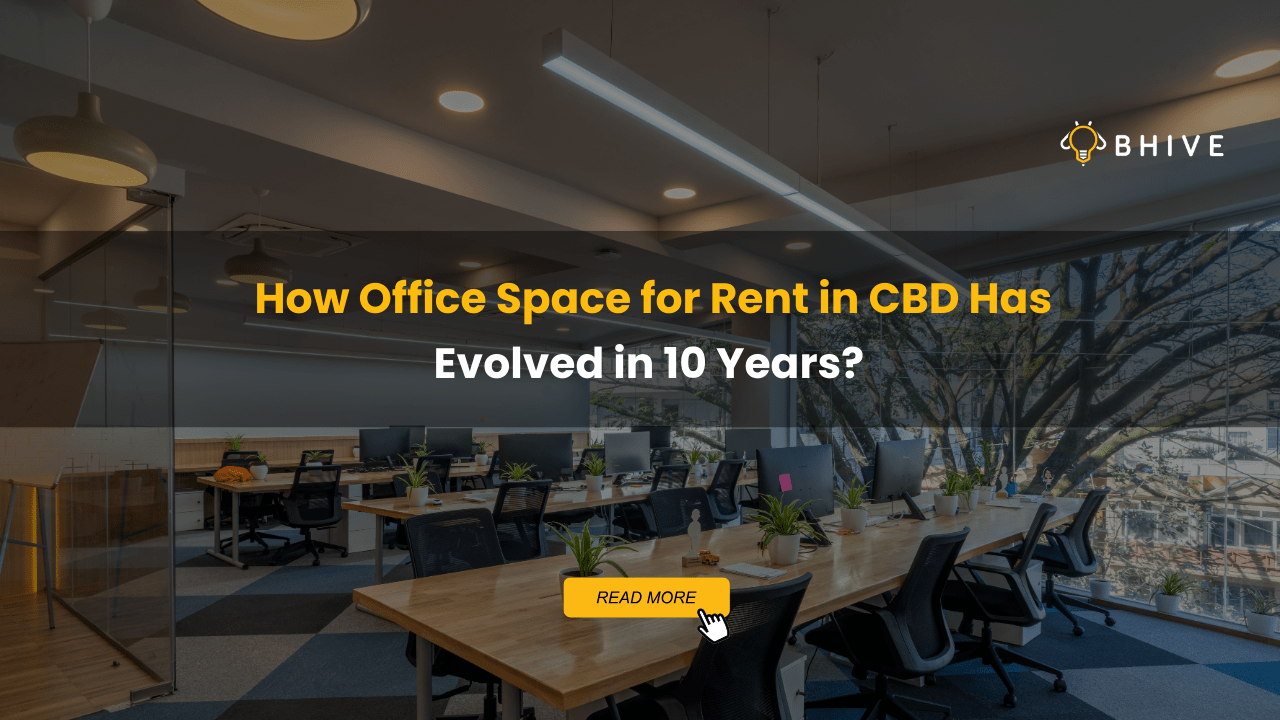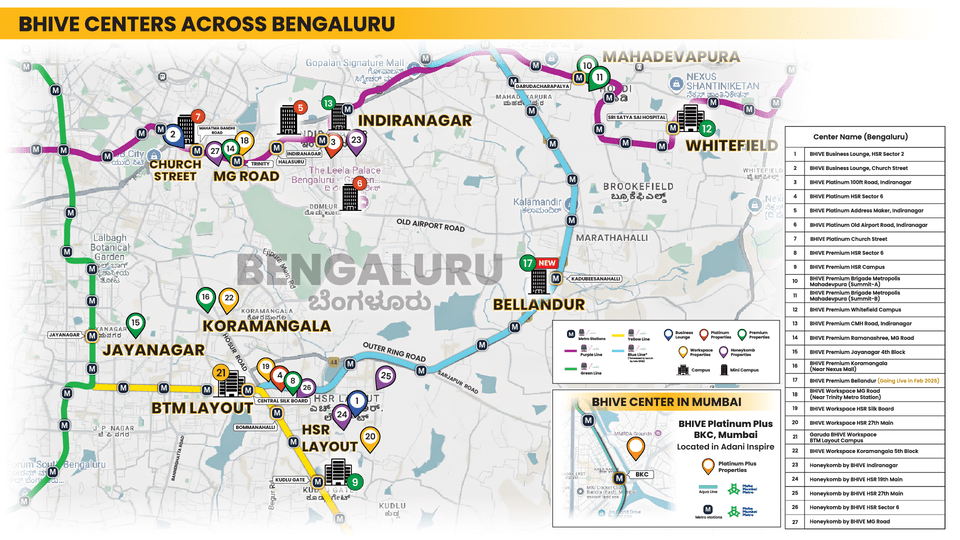Decoding the growth of coworking in the post-pandemic era
India has undergone severe transformational changes and coworking growth over the last five years, especially since the pandemic, with remote and hybrid working becoming the new normal across sectors that were only limited to a handful of large IT companies in India. Last year, our country tweaked its existing labor laws to bring in a four-day work week, and several state governments allowed shops and establishments to operate 24×7, a testament to the country entering the new world order.
“The biggest witnessable impact is in the commercial real estate segment where remote and hybrid forms of working in addition to the creator economy have broken the shackles of traditional offices and led to the rise of coworking spaces.” – Shesh Rao Paplikar
An ace entrepreneur of the Indian Coworking Industry, Shesh Rao Paplikar, CEO of BHIVE Workspace says, “Today, coworking spaces have become the most popular and fastest-growing form of office space in India. Enterprises leased more than one lakh seats in 2022 at coworking facilities, 18% higher than the year before and nearly three times the pre-pandemic level, amid the ongoing trend of hybrid working. This rapid growth seen in this segment is leading to the rise of several sub-segments of coworking spaces to meet the evolving requirements of occupiers. These niches can be based on demographics, gender, profession, lifestyle, or choice given the diverse nature of businesses here.”
An era of evolution
Coworking spaces in India started with a simple principle of democratizing the commercial real estate segment which was out of bounds for most small businesses due to the high upfront cost of leasing facilities. “The new model enabled the booking of seats instead of leasing the entire office space while offering Grade-A level services and amenities at a fraction of the cost. With the model catching up among creators, freelancers, small businesses, and startups, there is bound to be a rise in different models of coworking that cater to the specific needs of each of these businesses across sectors and complement their employee offerings,” Shesh noted, having gained significant insights into the field with the 21+ spaces his brand offers in Bengaluru alone, since 2014.
These factors assume significance in order to continue the winning streak of the coworking sector as occupiers expect constant disruption from space providers which helps them improve output per square feet while ensuring employee satisfaction and well-being. This evolution is expected to start from the top eight cities and eventually trickle down to tier-2 and beyond cities as the concept becomes popular. believes this will also ensure the path to profitability for coworking operators as occupiers will be willing to pay a premium for such services which act as a differentiator for them in attracting talent.
Offices recapture their identity as a breeding ground for ideas
Having been an expat in the US and coming back to India with the aim of providing bespoke workspace solutions similar to those he found in the States, Shesh returned to India, as a man on a mission. The mission? Providing world-class workspace solutions designed to inspire. He further reflected on his impressions of the industry upon return and the eventual turnaround, “When India was growing at an albeit slower pace, the offices were a place for several things- work, brainstorming, collaborating, and building relationships among many. However, with the country becoming one of the fastest growing economies of the world for several years altogether, there has been an enhanced pressure on quality output and the hybrid mode of working fits perfectly well with this requirement. It allows employees to carry out essential and tedious work remotely and ideate, and brainstorm with the team in the office. This assumes significance as although virtual interaction makes this possible, research has shown that in-person meetings yield better results than virtual ones. In addition to that, the diversity in occupier profile necessitates the design of the office to bring out ideas from employees, encourage them to be enterprising, and contribute effectively to organizational goals.”
Shesh concluded by saying that he believes the coworking space in India will undergo a tectonic shift with newer business models over the next decade, with growing interest from occupiers across sectors, and companies of all shapes and sizes choosing shared workspaces as their first preference. With this, India will become the fastest-growing coworking market in the world and lead the innovation quotient globally.








